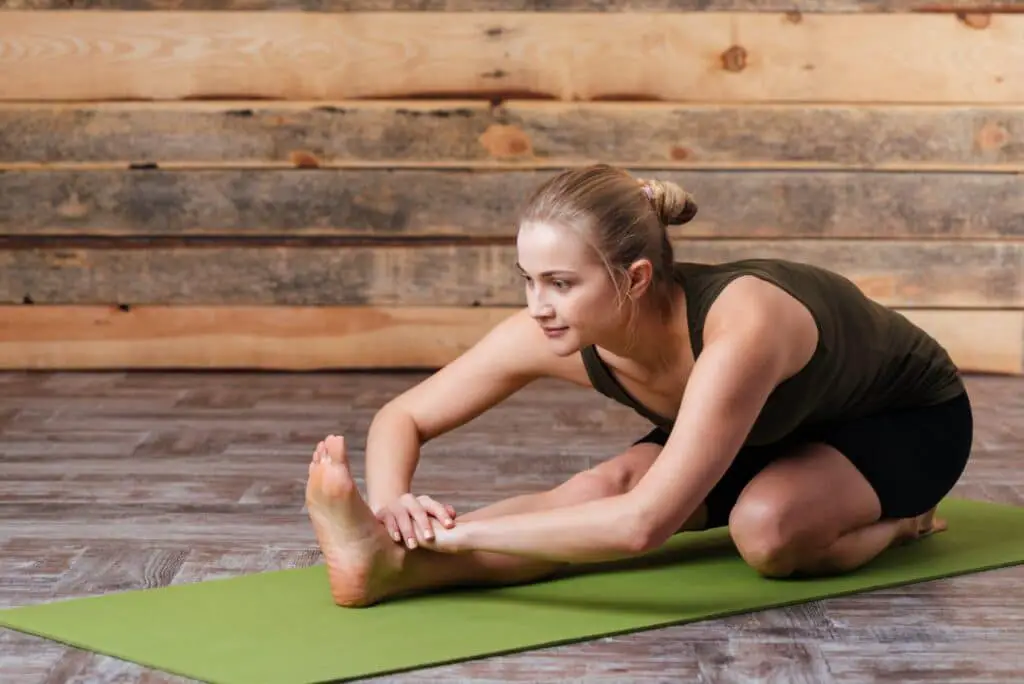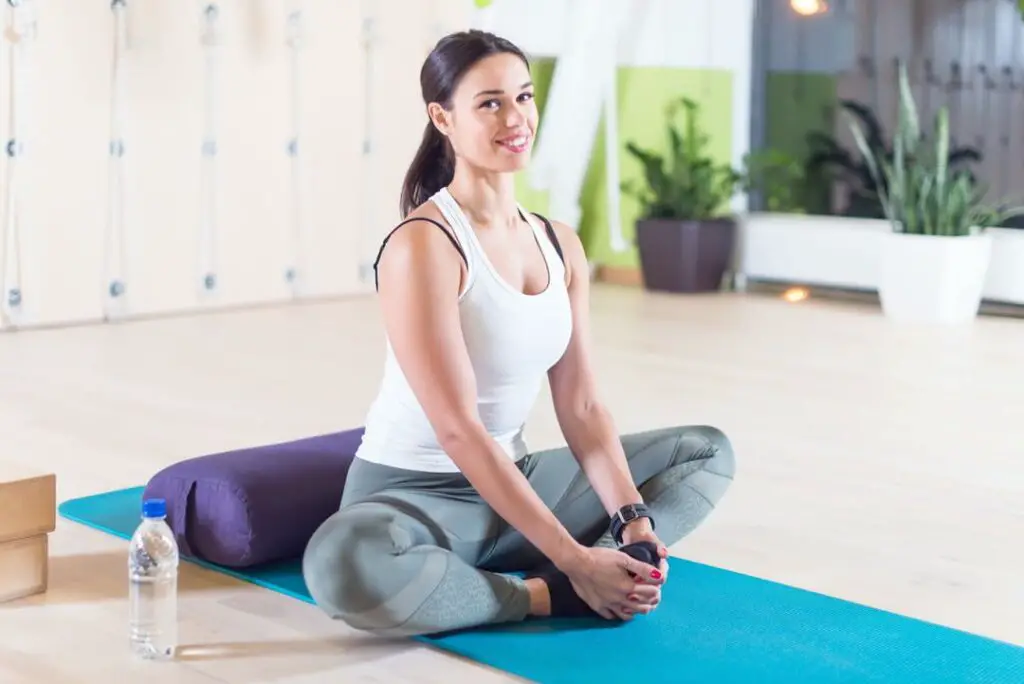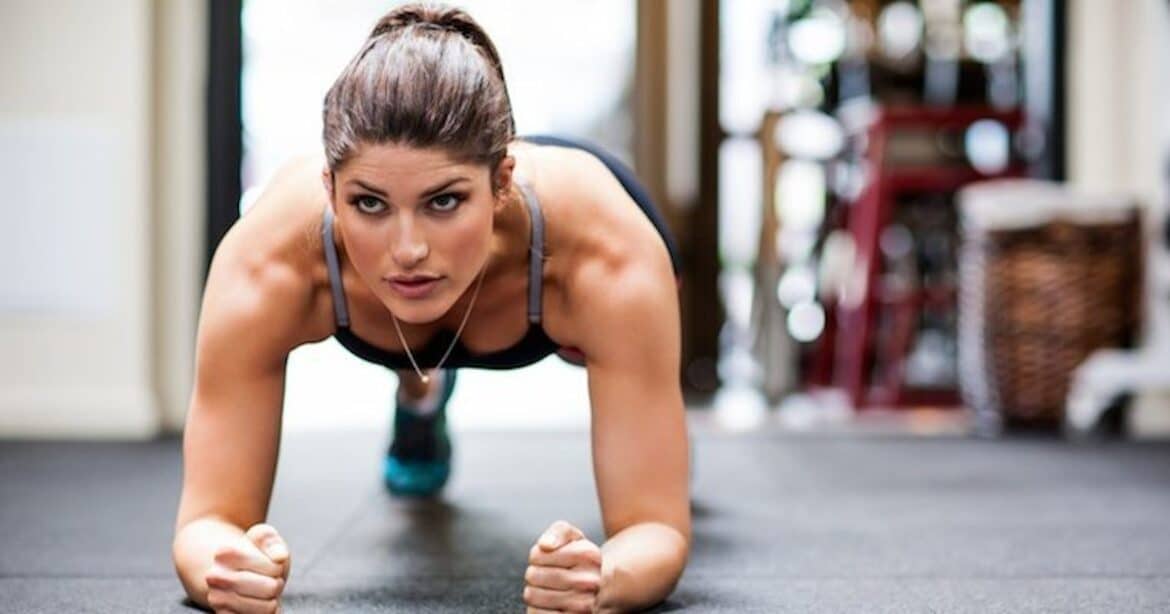Introduction
Is Pilates Enough Strength Training: Pilates alone is sufficient as a form of strength training often arises. Pilates, renowned for its emphasis on core strength, flexibility, and graceful movements, has garnered a dedicated following worldwide. While it undoubtedly offers numerous benefits for physical well-being, the extent to which it can serve as a comprehensive strength training regimen depends on individual goals, preferences, and fitness levels.
Pilates, with its origins rooted in the early 20th century, was initially developed by Joseph Pilates as a holistic approach to physical fitness and well-being. Its core principles revolve around the idea of weight loss achieving a balanced and harmonious body by focusing on the coordination of mind, body, and spirit. Central to the Pilates method is the cultivation of core strength through precise and controlled movements, often performed on specialized equipment or using one’s body weight as resistance.
Pilates as a strength training modality, its potential limitations, and how it fits into the broader landscape of fitness options. Whether you’re looking to sculpt your physique, increase your overall strength, or simply maintain a well-balanced and agile body, will provide valuable insights into the role of Pilates in your journey toward physical fitness and well-being.

Can I replace strength training with Pilates?
Simply put, if your goal is to maintain a lean, toned, yet strong, and active body shape, Pilates is ideal for you. But if you want to get bigger and bulkier, then weight training is the right choice. But to support both, you have to adjust your diet accordingly.
Core Strength and Stability: If your primary fitness goals revolve around enhancing core strength, improving posture, and increasing overall body stability, Pilates can be a valuable standalone practice. It targets the muscles of the abdomen, lower back, and pelvic floor, making it an excellent choice for individuals seeking better core engagement.
Lean Muscle Toning: Pilates can help you achieve a leaner physique by promoting muscle endurance and toning. While it may not lead to significant muscle hypertrophy, it can contribute to a more sculpted and defined appearance.
Injury Rehabilitation: Pilates is often recommended as a rehabilitation tool because of its low-impact nature. If you’re recovering from an injury or have joint issues that limit your ability to engage in traditional strength training, Pilates can offer a safe and effective alternative.
Cross-Training: Many athletes and fitness enthusiasts incorporate Pilates into their training routines to complement other forms of exercise. It can enhance flexibility, balance, and overall body control, which can be beneficial in various sports and activities.
Is Pilates harder than strength training?
Though weight training can indeed be quite effective at improving core strength, pilates takes it to a far higher intensity, and is also capable of greatly improving the mobility of the entire body as well.
Core Engagement: Pilates places a strong focus on core engagement, requiring you to activate and maintain muscles in the abdomen, lower back, and pelvic floor throughout various exercises. This can be challenging and demanding, particularly for those with weak core muscles.
Controlled Movements: Pilates exercises emphasize precision and control. You must execute movements slowly and with awareness, which can be mentally and physically demanding, especially if you’re used to more dynamic workouts.
Muscle Endurance: Pilates often involves performing numerous repetitions of movements, which can lead to muscle fatigue and endurance challenges. While it may not involve lifting heavy weights, the constant engagement of muscles can be quite taxing.
Flexibility: Pilates incorporates stretching and flexibility exercises, which can be challenging for individuals with limited flexibility. Achieving and maintaining proper form in stretches can require patience and consistent practice.
Low-Impact Nature: Pilates is generally considered low-impact, making it accessible to a wide range of individuals. However, this also means that it may not provide the same cardiovascular intensity as some forms of strength training.
Is Pilates enough to get toned?
Physical benefits: The physical benefits of Pilates include an increase in muscle strength and tone without creating bulk. You can expect to see an increase in deep core muscle strength, which helps keep your abdominal muscles tight and toned.
Muscle Development: To get toned, you need to build and define your muscles. This is often accomplished through resistance training, which stimulates muscle growth (hypertrophy) and improves muscle definition.
Fat Loss: Reducing body fat percentage is essential for revealing the underlying muscle definition. This is typically achieved through a combination of calorie control, cardiovascular exercise, and a balanced diet.
Muscle Endurance: Pilates involves performing a series of controlled movements that target various muscle groups. While it may not lead to significant muscle hypertrophy (muscle growth), it can enhance muscle endurance and create a leaner, more toned appearance.
Core Strength: Pilates places a strong emphasis on core engagement. A strong core is essential for overall body stability and posture, which are key elements of a toned physique.
Full-Body Engagement: Pilates engages multiple muscle groups throughout the body, helping to create a balanced and well-proportioned look.
Why am I not seeing results from Pilates?
One of the main reasons you may not be feeling or seeing the results of your Pilates workouts is your consistency, or lack thereof. While you may be getting some benefits from yo-yoing from 5 classes one week, to a two week break, you’ll find far greater results from building a solid foundation from the get go.
Pilates offers a wide range of exercises, from beginner to advanced levels. If you’re consistently practicing exercises that are too easy for you, your body may not be challenged enough to see significant improvements.
One of the most common reasons for not seeing results from Pilates is inconsistent practice. Like any fitness routine, Pilates requires regular and consistent effort to yield results. If you only attend sporadic classes or practice infrequently, it may take longer to see improvements in strength, flexibility, and overall fitness.
Work with a qualified instructor who can provide feedback on your form and ensure you’re performing exercises correctly. Paying attention to alignment and engaging the right muscles is crucial for results.
Incorporate a variety of Pilates exercises and equipment into your routine. Mix in different mat exercises and use props like resistance bands, stability balls, and Pilates machines (such as the Reformer) to keep your workouts fresh and engaging.
Can you grow muscle with Pilates?
Yes. Pilates absolutely builds muscle. It is, after all, an exercise system. However, everything about Pilates feels and looks a little different from other strength training or exercise systems.
Muscle Endurance: Pilates often involves performing a series of controlled movements that target various muscle groups. These movements can lead to muscle fatigue and increased muscle endurance, which can contribute to muscle development over time.
Core Strength: Pilates places a strong emphasis on core engagement, targeting muscles in the abdomen, lower back, and pelvic floor. Consistent practice can lead to improved core strength and muscle tone.
Full-Body Engagement: Pilates engages multiple muscle groups throughout the body, including the legs, arms, and back. While it may not lead to significant muscle mass gains, it can create a balanced and well-proportioned physique.
Resistance Variations: Some Pilates exercises incorporate resistance in the form of springs or bands, which can increase the intensity of the workout and promote muscle growth.
Exercise Selection: Certain Pilates exercises are more effective for muscle development than others. Exercises that involve resistance or require you to work against your body weight, such as those performed on the Pilates Reformer or Cadillac, can be particularly effective.
Intensity and Repetitions: To stimulate muscle growth, you may need to perform Pilates exercises with sufficient intensity and repetitions. This may involve progressively increasing the resistance or difficulty of exercises over time.
How long does it take to see results from Pilates?
While individual results may vary, most people can see noticeable body changes within just three weeks. However, those who do Pilates less often may take up to eight weeks to see noticeable results in their bodies.
Pilates places a strong emphasis on developing core strength, and many individuals report feeling improvements in this area relatively quickly. You may start to feel more engaged and stable in your core within a few weeks of consistent practice. Visible changes, such as increased muscle tone, can take a bit longer, often around 4 to 8 weeks.
Pilates incorporates stretching and flexibility exercises that can help improve your range of motion. You may notice increased flexibility and reduced stiffness after just a few sessions. However, significant gains in flexibility typically take a few months of consistent practice.
Pilates emphasizes proper alignment and body awareness, which can lead to improved posture. Changes in posture can be noticeable within a few weeks to a couple of months, especially if you actively work on applying Pilates principles to your daily activities.
Pilates can contribute to muscle tone and definition, but the timeline for visible changes varies depending on your starting point and how intensely you practice. Some individuals may notice increased muscle tone within a couple of months, while it might take longer for others, often around 2 to 6 months.
How many times a month should I do Pilates to see results?
While three or four workouts per week may be ideal, two or even once-weekly sessions can still offer health benefits. Pilates J.
Fitness Goals: The nature of your fitness goals will determine how often you should do Pilates. For example, if you’re looking to build muscle or achieve significant weight loss, you may benefit from more frequent sessions.
Current Fitness Level: Your starting point and fitness level play a role in determining the appropriate frequency. Beginners may start with fewer sessions per week and gradually increase as they build strength and endurance.
Lifestyle and Schedule: Your availability and lifestyle commitments will also affect how often you can realistically practice Pilates. Find a schedule that aligns with your daily routine and commitments.
Recovery: Adequate rest and recovery between Pilates sessions are crucial for avoiding burnout and allowing your muscles to repair and grow.
Intensity: The intensity of your Pilates sessions can also impact frequency. High-intensity sessions may require more recovery time, while lower-intensity sessions may allow for more frequent practice.
Do bodybuilders do Pilates?
Pilates exercises can help bodybuilders improve their performance and stay injury-free, making it a valuable tool for any athlete looking to enhance their training regimen.
Bodybuilders often focus on building muscle mass and strength through resistance training, which can lead to muscle tightness and reduced flexibility. Pilates emphasizes stretching and flexibility exercises that can help bodybuilders improve their range of motion and overall mobility. Enhanced flexibility can contribute to better exercise form and reduced risk of injury.
Pilates is renowned for its emphasis on core strength, targeting muscles in the abdomen, lower back, and pelvic floor. A strong core is essential for bodybuilders as it provides stability during heavy lifting exercises like squats and deadlifts. Improved core strength can enhance performance and reduce the risk of back injuries.
Bodybuilders often focus on specific muscle groups to achieve symmetry and aesthetics. However, this emphasis on particular muscles can lead to muscle imbalances and poor posture. Pilates encourages a balanced approach to muscle engagement, promoting overall body awareness and improved posture.
The repetitive nature of bodybuilding exercises can put strain on joints and muscles, leading to overuse injuries. Pilates offers low-impact, controlled movements that can be beneficial for injury prevention and rehabilitation. Bodybuilders recovering from injuries or looking to prevent them may incorporate Pilates to support their recovery process.

Conclusion
Pilates alone is for strength training depends on individual goals and preferences. For individuals aiming to build substantial muscle mass or achieve maximum strength gains, supplementing Pilates with more traditional forms of strength training, such as weightlifting or resistance training, may be necessary. These methods involve higher resistance levels and are tailored to fostering muscle hypertrophy.
Nonetheless, Pilates remains a valuable addition to any fitness routine. Its focus on core strength provides a solid foundation for overall body stability, posture, and balance. It complements other weight training forms of exercise by promoting flexibility, reducing the risk of injury, and enhancing body awareness. The decision regarding whether Pilates is “enough” for strength training is a matter of individual preference and goals.
The efficacy of Pilates as a strength training method hinges on personal fitness objectives. It can serve as a standalone practice for those prioritizing core strength, flexibility, and a lean physique. Others may choose to incorporate Pilates into a well-rounded fitness regimen that includes various strength and conditioning exercises. The key is to tailor your fitness routine to align with your specific aspirations, recognizing that Pilates offers a unique and valuable pathway to physical well-being, whether as a primary or complementary strength training practice.

